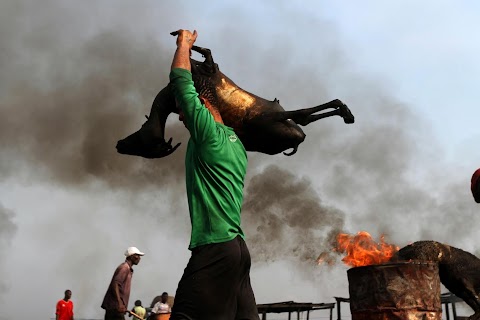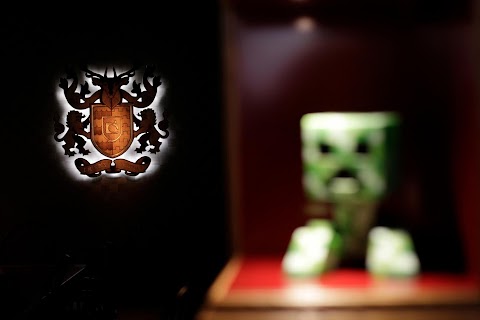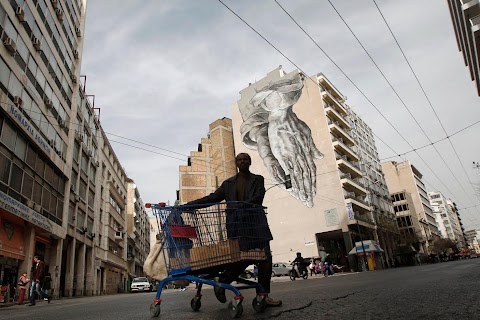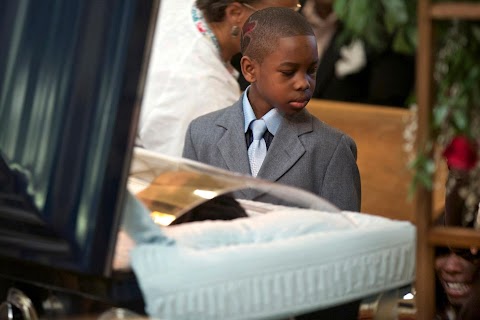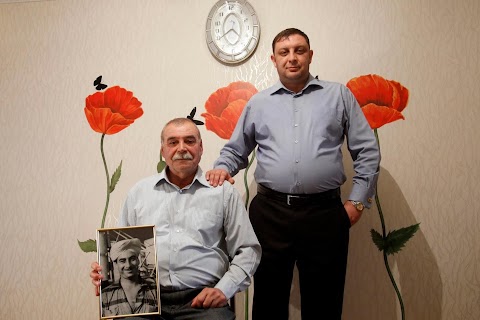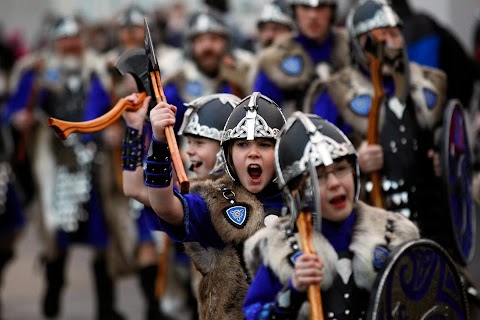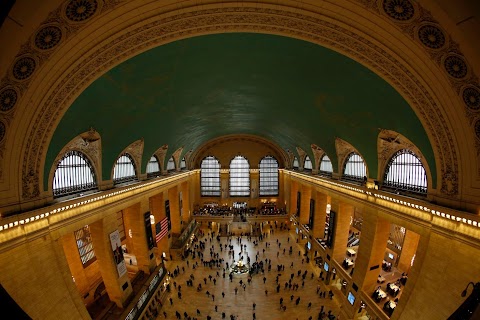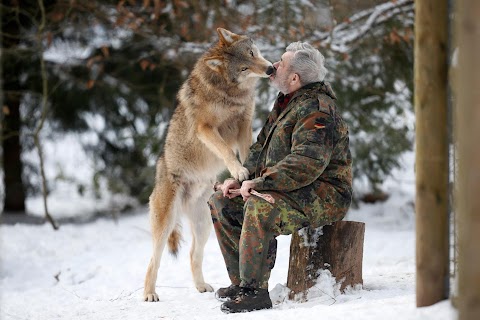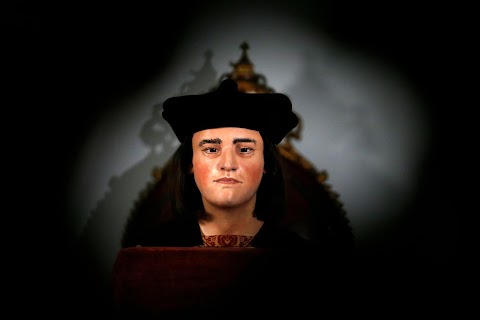
King Richard III rediscovered
 Andrew Winning
Andrew Winning
After 500 years of mystery, archeologists in Britain confirmed the discovery of King Richard III’s lost remains in a rather inglorious location - under a car park in the city of Leicester.
Scientists not only established that the skeleton found in excavations last year was that of the medieval English king, they were also able to use his remains to create this reconstruction of what he would have looked like.

The skeleton, analysed by a team from the University of Leicester, has a distinctively curved spine, matching Shakespeare’s famous portrayal of the king as a hunchback in the play, "The Tragedy of King Richard the Third," written over 100 years after Richard’s death.
The king, who Shakespeare depicted as a power-crazed man who killed his rivals to get to the throne, died in the 1485 Battle of Bosworth Field. He was buried, but the site of his final resting place was lost after England's monasteries were dissolved in the 16th century.
Now the rediscovery of the medieval monarch has been confirmed after DNA extracted from the skeleton in Leicester was found to match that of Richard’s descendants.
Slideshow

Richard III’s damaged skull is shown on display. The rear section of it is partly cleaved away by a sword, and the skeleton showed signs of several injuries, clearly inflicted in battle.

Bone expert Jo Appleby points to a photograph of the skull during a news conference in Leicester.

Two potentially life-threatening injuries (marked B and C) are visible on Richard’s skull, either side of where it meets the cervical spine.

Jo Appleby points out damage to the skull. Richard III's skeleton showed 10 wounds, eight of which were to the head.

A CT scan of the skeleton helped scientists create this facial reconstruction of the king.

Michael Ibsen, a 17th generation nephew of King Richard III, poses with the model of his distant ancestor. Ibsen's DNA was key to confirming that the skeleton in Leicester belonged to the monarch.

Philippa Langley, the originator of the "Looking for Richard" project, poses for a photo with the bust.

Lead Archaeologist Richard Buckley confirmed the discovery of King Richard III at a news conference. "It's the academic conclusion ... that beyond reasonable doubt the individual exhumed at Grey Friars in September 2012 is indeed Richard III, the last Plantagenet king of England," he said.

Archaeologist Mathew Morris stands in the trench where he found the skeleton remains during an archaeological dig last year.

Richard’s vertebrae show some abnormal features, matching the description of the king as a hunchback.

The skeleton of Richard III is seen in a trench at the Grey Friars excavation site in Leicester, central England, in this photograph provided by the University of Leicester and received in London on February 4, 2013. A skeleton with a cleaved skull and a curved spine entombed under a car park is that of Richard III, scientific tests confirmed, solving a 500-year-old mystery about the final resting place of the last English king to die in battle.

The skeleton lies buried in a trench, where it was discovered.

A mock soldier's helmet is put on display on the Bosworth Battlefield where it is thought King Richard lost his life.

A woman casts a shadow by a plaque falsely identifying the location of Richard’s remains. Before the discovery of the king's skeleton, different legends sprung up about what might have happened to it, including one which suggested the body was dug up in the reign of Henry VIII, thrown in a river and the stone coffin used as a horse trough.

A single bunch of flowers lies below a statue of Richard III in Leicester.

"Dear King Richard III. I'm so glad we finally found you, may you rest in peace," reads the card on the flowers.

A member of the clergy walks past a picture of the king at Leicester Cathedral, where Richard’s bones will be buried next year.

Light falls on a stone commemorating King Richard III at Leicester Cathedral.
